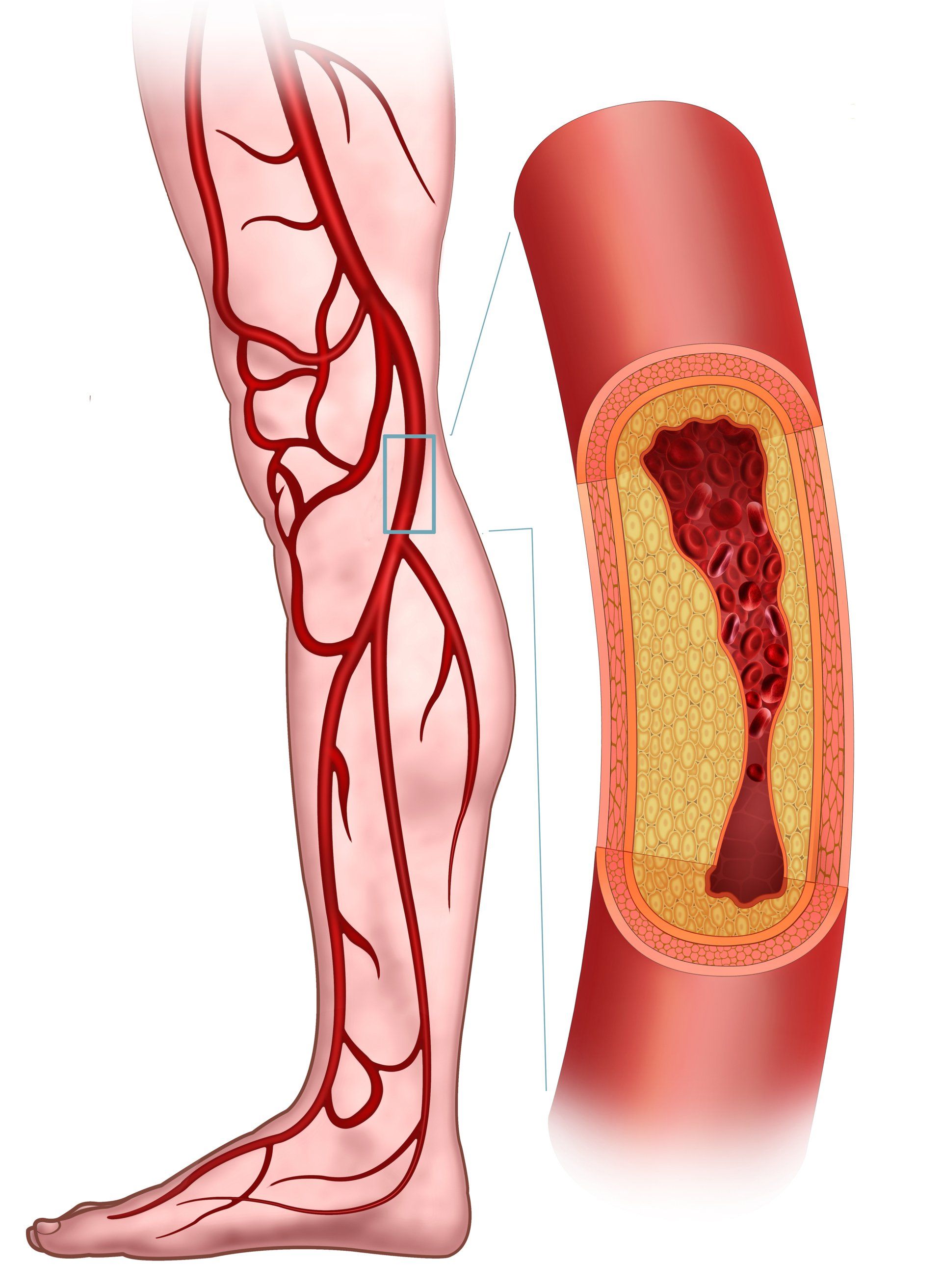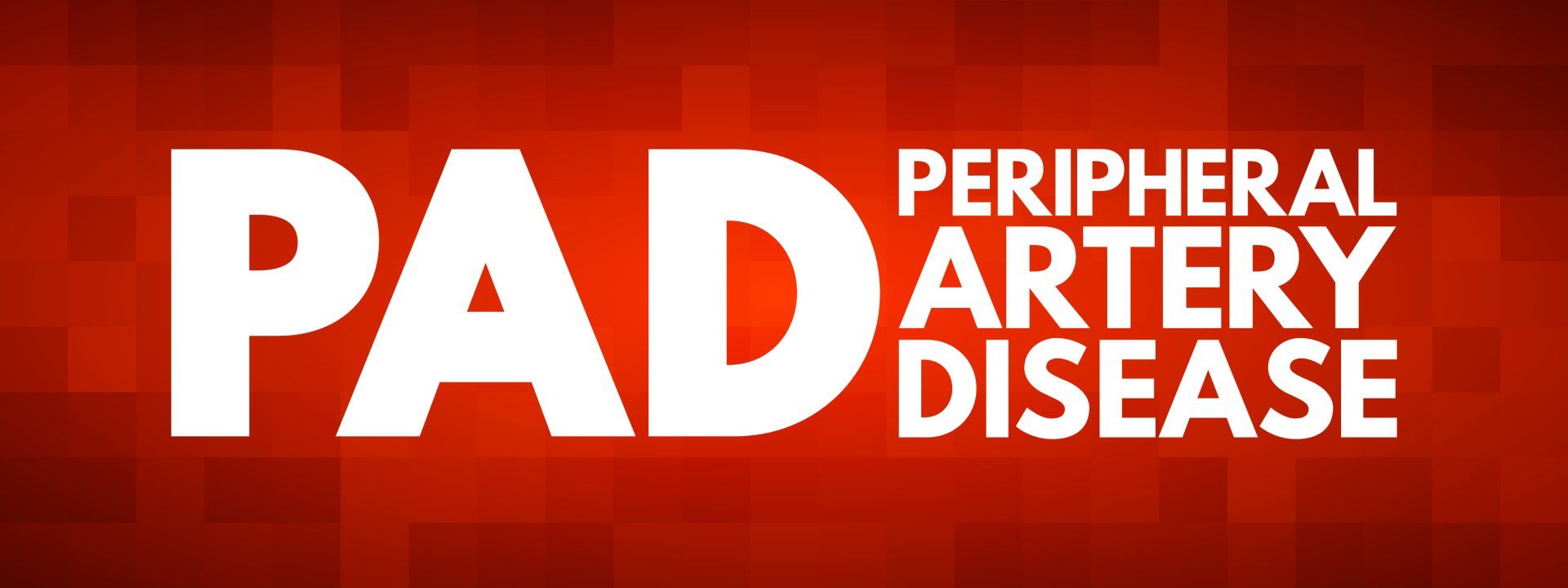Peripheral Artery Disease


Peripheral Arterial Disease (PAD) is a disease where plaque (atherosclerosis) gradually builds up in the arteries over time leading to limited blood flow to the legs and arms. Peripheral arterial disease is a very common disease affecting 1 in 20 Americans over the age of 50.
The plaque that builds up in your arteries consists of cholesterol, calcium, and fat. It is almost always associated with smoking and diabetes. Other risk factors include high blood pressure (hypertension), high cholesterol, family history (genetics), obesity, end stage renal disease, and lack of exercise.
Symptoms of peripheral arterial disease occur when your legs don't get enough blood flow to keep up with demand. Symptoms may include pain in the hips or legs while walking. With severe occlusions, pain in the legs may occur at rest. Untreated, peripheral artery disease can lead to sores (ulcers) on the feet or toes. Eventually, amputation may be necessary if a patient develops gangrene.
Dr. Sanders has been treating peripheral artery disease for over 20 years. He treats patients medically and surgically. He started Paducah Vascular Institute to offer both hospital-based surgical and office-based endovascular (balloons, stents, roto rooter) care to patients in the area with PAD.
If you are suffering from symptoms of peripheral artery disease (PAD), call today to schedule an appointment by calling (270) 845-4300.


